262 risultati trovati
Skip results of view Storie sui dati
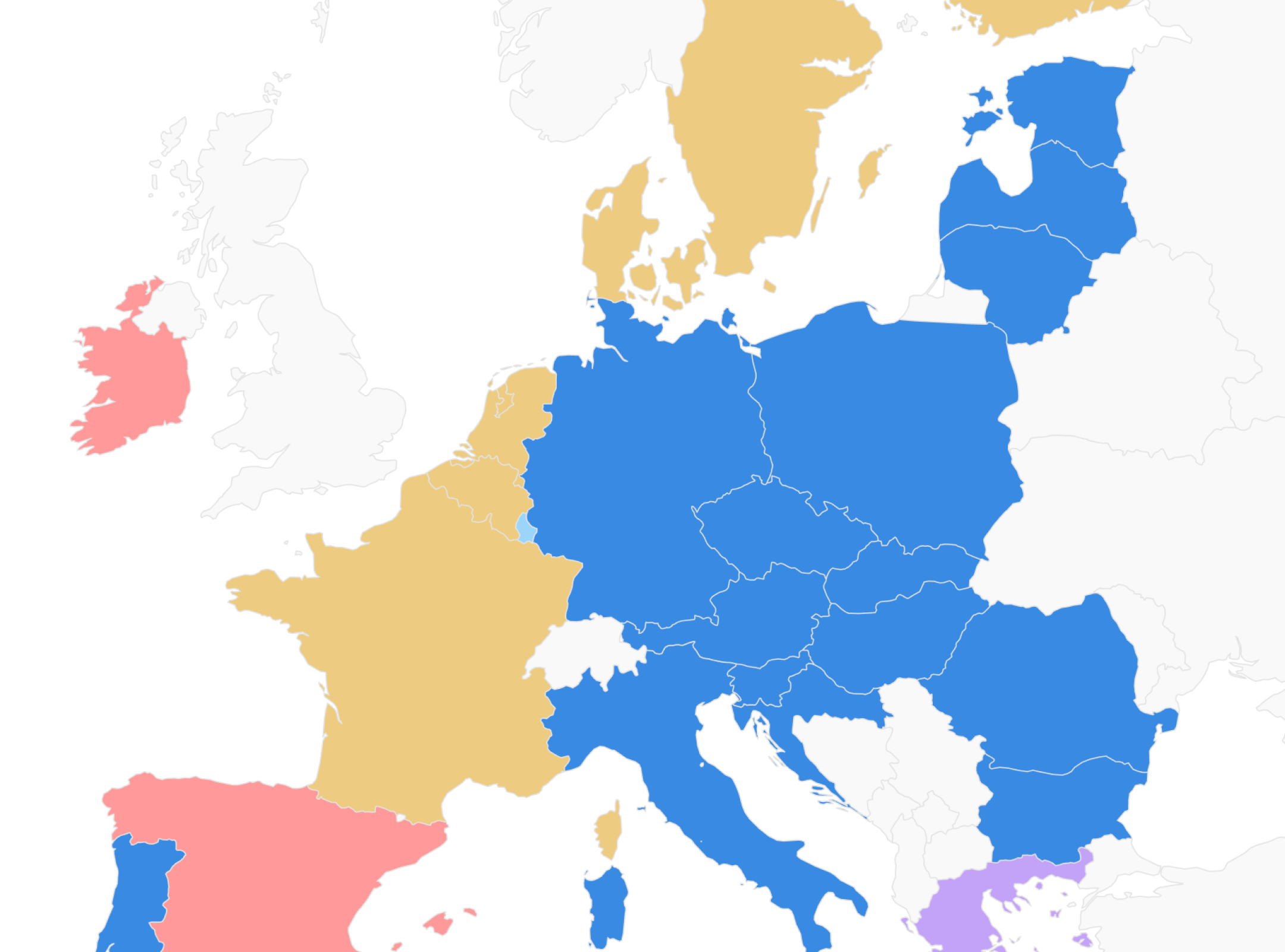
- Data Story
How many hours do Europeans actually work ? Who earns the most for their time and who enjoys the longest holidays? Which sectors form the backbone of employment in each Member State? One may think that across Europe people’s working lives should be quite similar, but the data uncovers a striking diversity. From factories in central Europe to hospitals in the Nordic countries, from tourism in the...
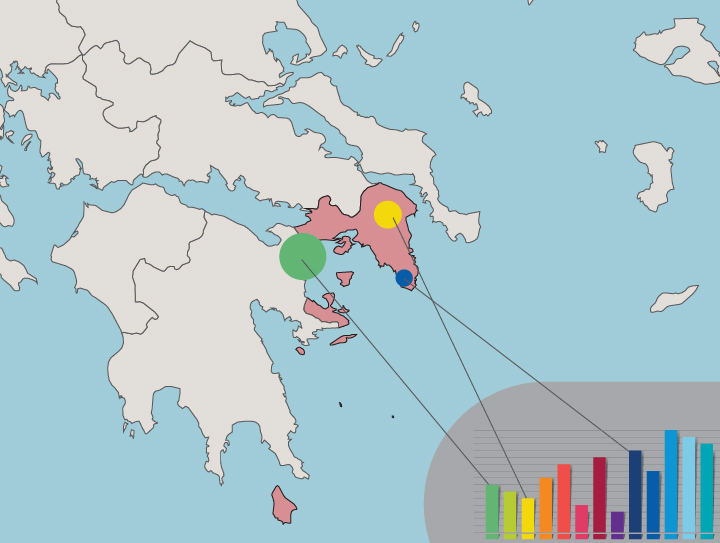
- Data Story
High-value datasets are key public sector datasets that play a crucial role in delivering social, environmental and economic benefits. In line with EU regulations, they are available for free, in machine-readable formats, and are central to creating innovative public services across Europe. Several European cities are now showing how these datasets can be used to tackle urban challenges such as...
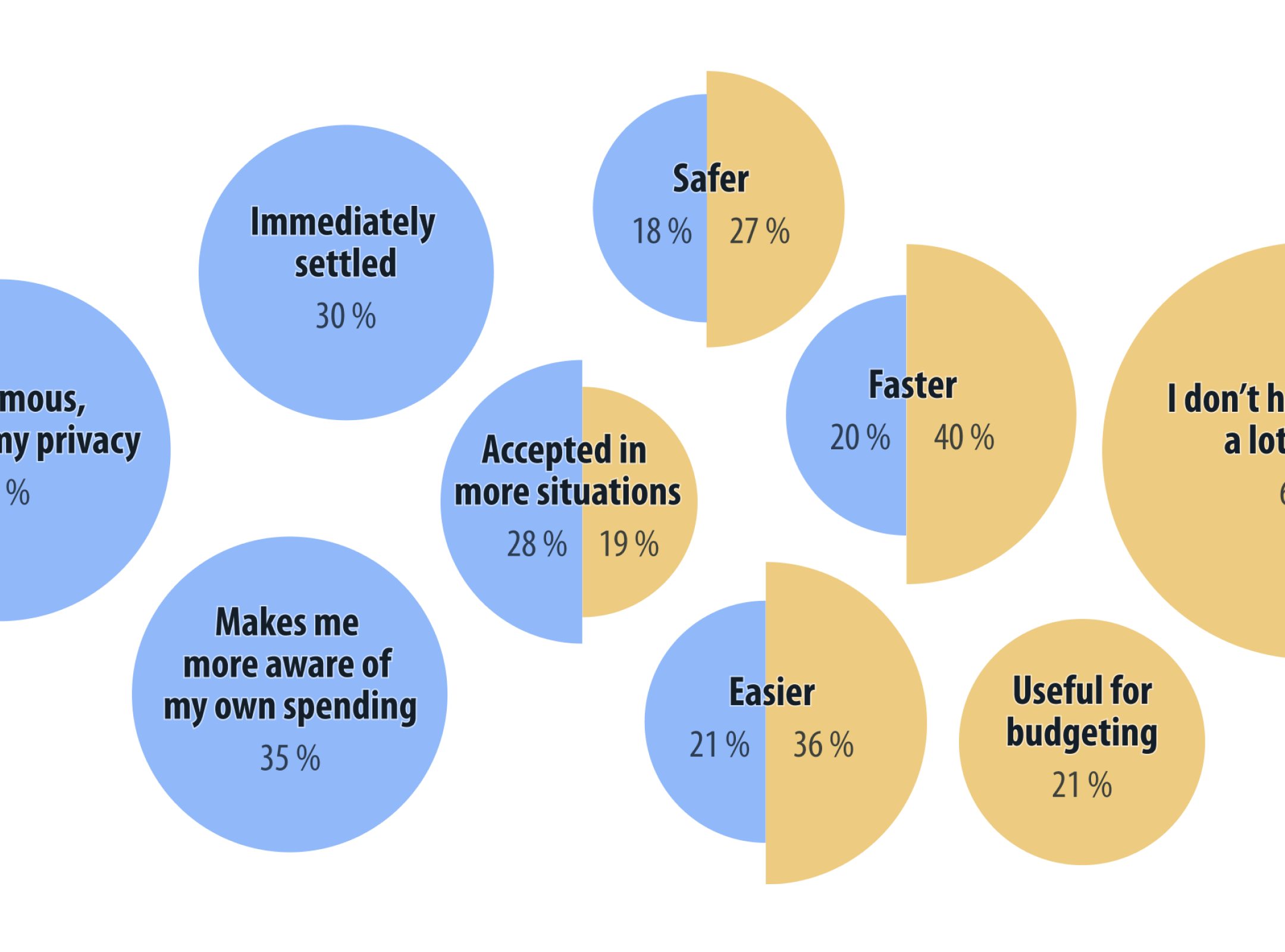
- Data Story
Do you still mostly pay with cash or has your phone replaced your wallet? Regardless of your answer, across Europe, digital payments are becoming an everyday reality. Offering speed, convenience and new ways to transact, they are reshaping how people buy goods and services. However, the shift away from cash is not happening at the same pace everywhere. Adoption rates vary widely between countries...
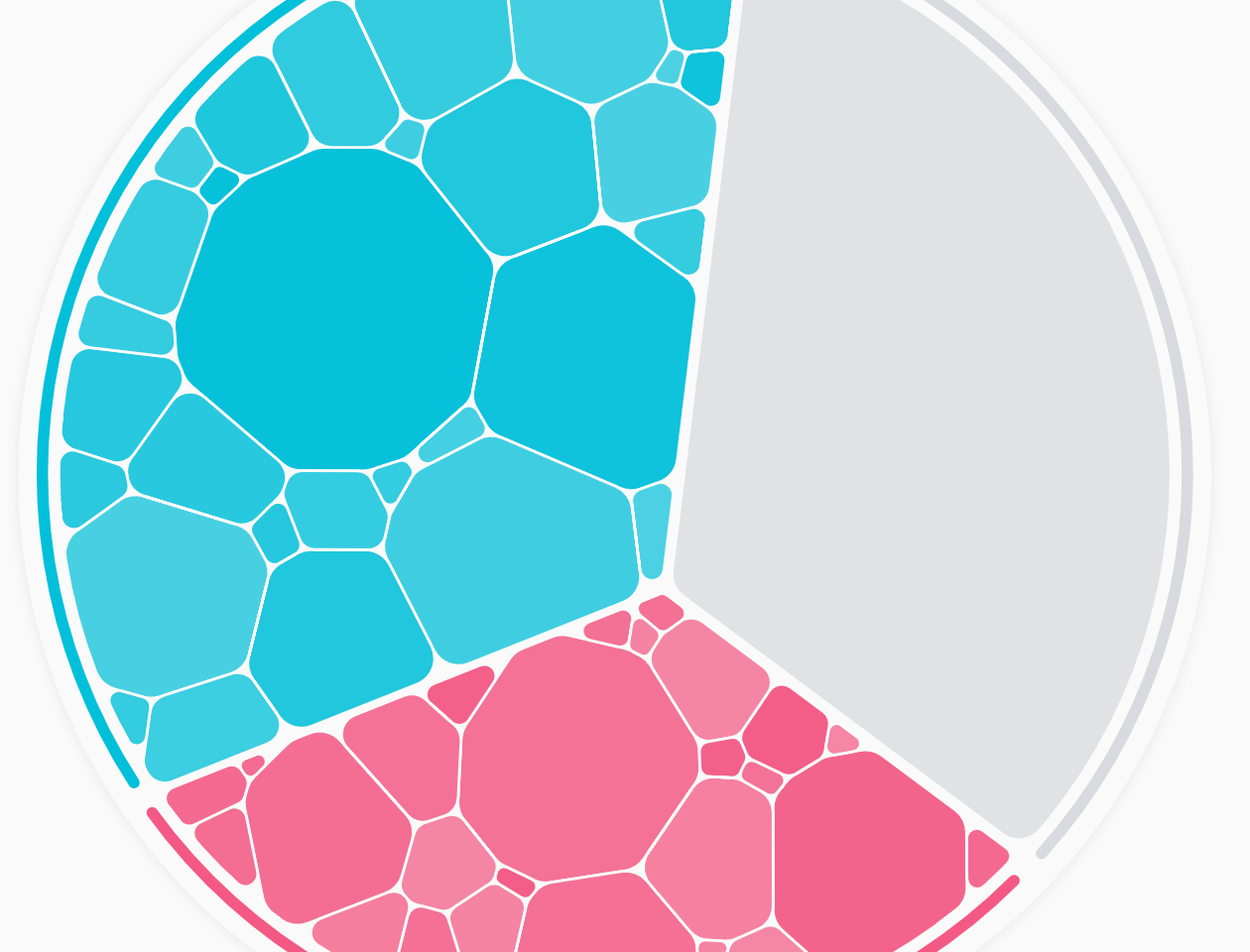
- Data Story
Good health is a personal goal but also the foundation of a resilient society. Across the EU, health systems do more than treat illness – they aim to help people live longer, better lives. In recent years, this goal has gained momentum, with initiatives like Europe’s beating cancer plan , the European health union and the European health data space pushing for stronger prevention, earlier...
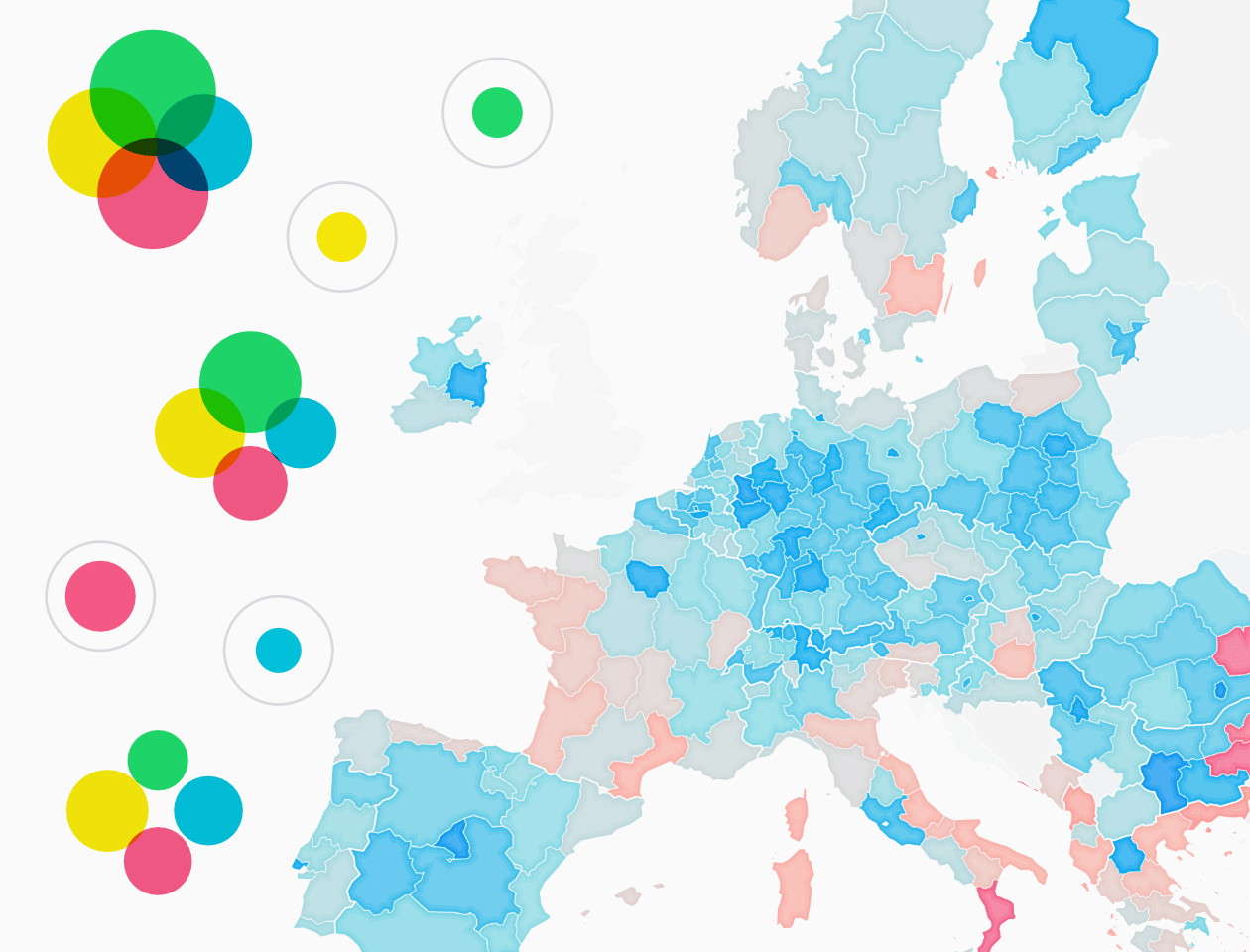
- Data Story
Leisure, culture and tourism are central to life across Europe – especially during the warmer months, when cafés fill up, festivals take over city squares and millions set off on holiday. This data story uses open data to explore how dining out, participating in cultural activities and seasonal travel shape everyday life and mobility across Europe. While much of the data reflects annual behaviour...

- Data Story
Biodiversity is under pressure across the globe, and Europe is no exception: more than 80 % of its natural habitats are currently in poor condition – a stark reminder of the need for urgent action. Healthy ecosystems are essential not only for nature itself, but also for food security, climate resilience and long-term societal well-being. The EU has placed biodiversity at the heart of its...
Tema:
Impact

- Data Story
From remote villages gaining 5G coverage to seniors navigating e-health portals, Europe’s digital transformation is reshaping how people live, work and access public services. In 2021, the EU launched the Digital Decade policy programme to secure digital sovereignty by 2030, built on four key pillars. With 2025 marking the programme’s midpoint, this data story takes the opportunity to assess the...
Tema:
Policy
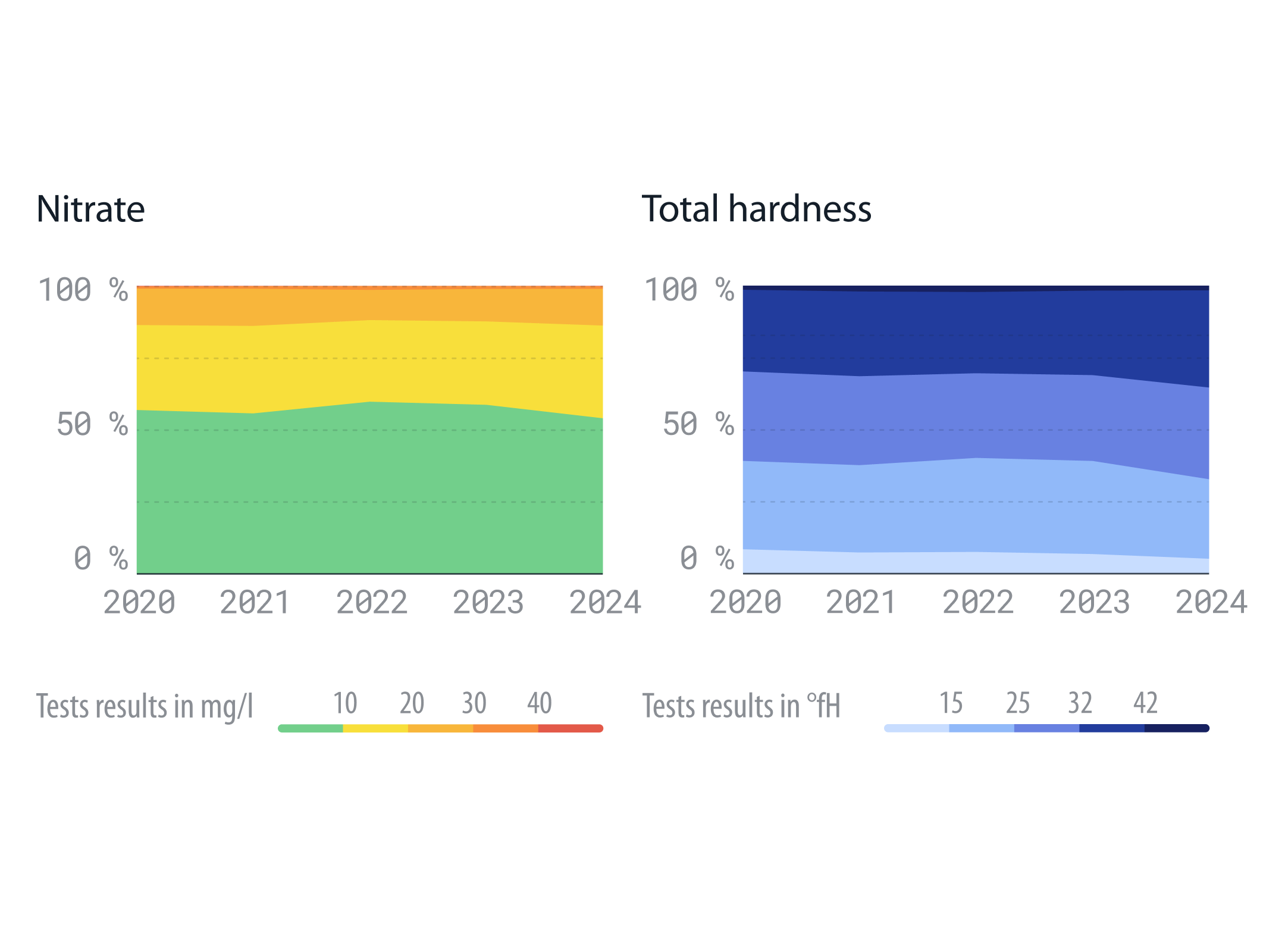
- Data Story
Throughout Europe, public institutions are putting open data into practice to better serve citizens. Such initiatives show how open data can support modern governance by enabling citizen engagement, building trust and driving service innovation. They also demonstrate that the value of open data extends beyond its original purpose, fuelling collaboration, new insights and more responsive public...
Tema:
Impact
Target audience:
Civil servants
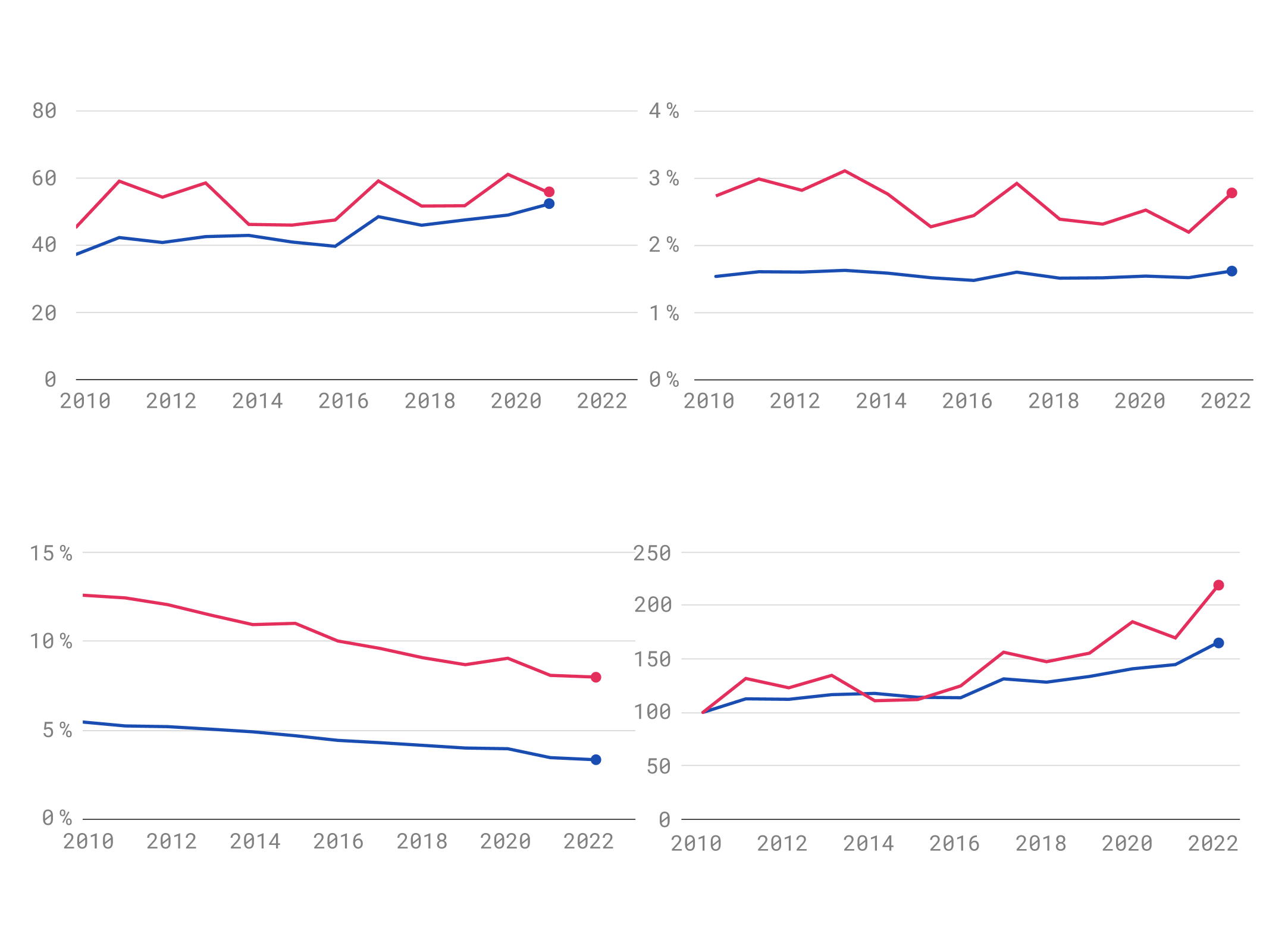
- Data Story
In January 2025, Poland took over the rotating presidency of the Council of the European Union . Succeeding Hungary , Poland now chairs the Council, commencing a trio presidency alongside Denmark and Cyprus. Under the overarching theme ‘Security, Europe!’ , Poland’s presidency places a strong emphasis on resilience – particularly in energy, agriculture and healthcare. This data story focuses on...
Tema:
Policy
Target audience:
Civil servants
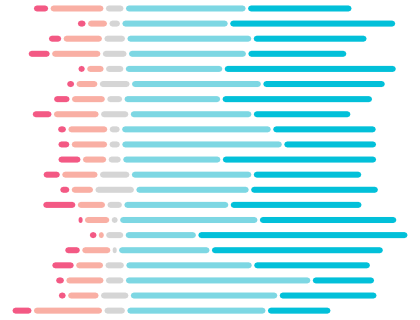
- Data Story
In March 2024, the European Commission published the 2025–2027 Horizon Europe strategic plan , outlining the EU’s priorities for research and innovation in the coming years. This forward-looking plan goes beyond funding – serving as a strategic blueprint for driving research and tackling some of the most pressing challenges faced by European citizens and businesses. The plan channels investment...
Tema:
Impact
Target audience:
Civil servants
